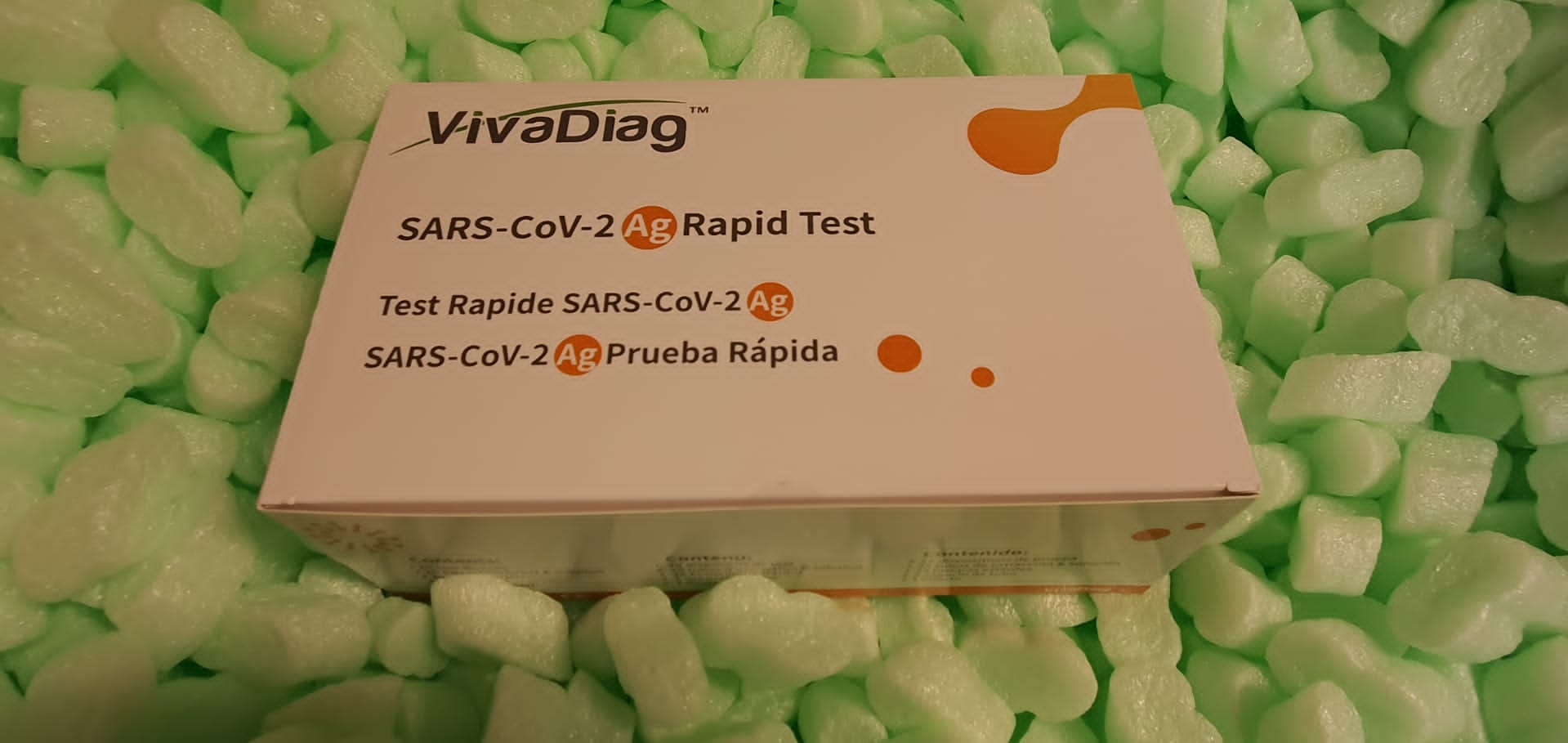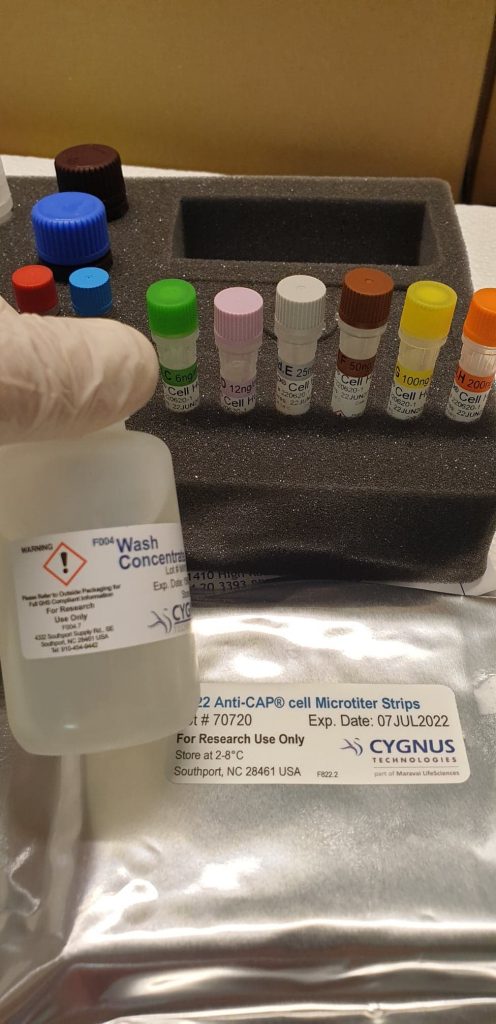Pattern-specific loss of aquaporin-4 immunoreactivity distinguishes neuromyelitis optica from multiple sclerosis.
by Jo Miles

Neuromyelitis optica (NMO) is an inflammatory demyelinating illness that usually impacts optic nerves and spinal wire. Its pathogenic relationship to multiple sclerosis (MS) is unsure. Unlike MS, NMO lesions are characterised by deposits of IgG and IgM co-localizing with merchandise of complement activation in a vasculocentric sample round thickened hyalinized blood vessels, suggesting a pathogenic position for humoral immunity focusing on an antigen within the perivascular house. A just lately recognized particular serum autoantibody biomarker, NMO-IgG, targets aquaporin-4 (AQP4), probably the most considerable water channel protein within the CNS, which is very concentrated in astrocytic foot processes.
We analysed and in contrast patterns of AQP4 immunoreactivity in CNS tissues of 9 sufferers with NMO, 13 with MS, 9 with infarcts and 5 regular controls. In regular mind, optic nerve and spinal wire, the distribution of AQP4 expression resembles the vasculocentric sample of immune advanced deposition noticed in NMO lesions. In distinction to MS lesions, which exhibit stage-dependent loss of AQP4, all NMO lesions show a putting loss of AQP4 regardless of the stage of demyelinating exercise, extent of tissue necrosis, or web site of CNS involvement. We recognized a novel NMO lesion within the spinal wire and medullary tegmentum extending into the world postrema, characterised by AQP4 loss in foci that had been inflammatory and oedematous, however neither demyelinated nor necrotic.
Foci of AQP4 loss coincided with websites of intense vasculocentric immune advanced deposition. These findings strongly help a task for a complement activating AQP4-specific autoantibody because the initiator of the NMO lesion, and additional distinguish NMO from MS Aquaporin (AQP) water channels are considerable within the mind and spinal wire, the place AQP1 and AQP4 are believed to play main roles in water metabolism and osmoregulation. Immunocytochemical evaluation of the mind just lately revealed that AQP4 has a extremely polarized distribution, with marked expression in astrocyte end-feet that encompass capillaries and kind the glia limitans; nevertheless, the structural group of AQP4 has remained unknown.
In freeze-fracture replicas, astrocyte end-feet comprise considerable sq. arrays of intramembrane particles that parallel the distribution of AQP4. To decide whether or not astrocyte and ependymocyte sq. arrays comprise AQP4, we employed immunogold labeling of SDS-washed freeze-fracture replicas and stereoscopic affirmation of tissue binding. Overall, 84% of labels had been current beneath sq. arrays; 11% had been beneath particle clusters that resembled sq. arrays that had been altered throughout fixation or cleaving; and 5% had been beneath the a lot bigger areas of glial plasma membrane that had been devoid of sq. arrays.
Cellular and molecular biology of the aquaporin water channels.
The excessive water permeability attribute of mammalian pink cell membranes is now identified to be attributable to the protein AQP1. This channel freely permits motion of water throughout the cell membrane, however it’s not permeated by different small, uncharged molecules or charged solutes. AQP1 is a tetramer with every subunit containing an aqueous pore likened to an hourglass shaped by obversely organized tandem repeats. Cryoelectron microscopy of reconstituted AQP1 membrane crystals has revealed the three-dimensional construction at 3-6 A. AQP1 is distributed in apical and basolateral membranes of renal proximal tubules and descending skinny limbs in addition to capillary endothelia.
Ten mammalian aquaporins have been recognized in water-permeable tissues and fall into two groupings. Orthodox aquaporins are water-selective and embrace AQP2, a vasopressin-regulated water channel in renal accumulating duct, along with AQP0, AQP4, and AQP5. Multifunctional aquaglyceroporins AQP3, AQP7, and AQP9 are permeated by water, glycerol, and another solutes. Aquaporins are being outlined in quite a few different species together with amphibia, bugs, crops, and microbials. Members of the aquaporin household are implicated in quite a few physiological processes in addition to the pathophysiology of a variety of medical problems.

Distribution of the aquaporin CHIP in secretory and resorptive epithelia and capillary endothelia.
The existence of water-selective channels has been postulated to elucidate the excessive water permeability of erythrocytes and sure epithelial cells. The aquaporin CHIP (channel-forming integral membrane protein of 28 kDa), a molecular water channel, is considerable in erythrocytes and water-permeable segments of the nephron. To decide whether or not CHIP could mediate transmembrane water motion in different water-permeable epithelia, membranes of multiple organs had been studied by immunoblotting, immunohistochemistry, and immunoelectron microscopy utilizing affinity-purified anti-CHIP IgG.
The apical membrane of the choroid plexus epithelium was densely stained, implying a task for CHIP within the secretion of cerebrospinal fluid. In the attention, CHIP was considerable in apical and basolateral domains of ciliary epithelium, the location of aqueous humor secretion, and in addition in lens epithelium and corneal endothelium. CHIP was detected in membranes of hepatic bile ducts and water-resorptive epithelium of gall bladder, suggesting a task in bile secretion and focus. CHIP was not detected in glandular epithelium of mammary, salivary, or lacrimal glands, suggesting the existence of different water-channel isoforms.
[Linking template=”default” type=”products” search=”Rabbit Heat Shock Protein 40 ELISA Kit” header=”2″ limit=”163″ start=”1″ showCatalogNumber=”true” showSize=”true” showSupplier=”true” showPrice=”true” showDescription=”true” showAdditionalInformation=”true” showImage=”true” showSchemaMarkup=”true” imageWidth=”” imageHeight=””]
CHIP was additionally not detected inside the epithelium of the gastrointestinal mucosa. CHIP was considerable in membranes of intestinal lacteals and steady capillaries in numerous tissues, together with cardiac and skeletal muscle, thus offering a molecular clarification for the identified water permeability of sure lymphatics and capillary beds. These research underscore the speculation that CHIP performs a significant position in transcellular water motion all through the physique. Antibodies to AQP4 straight labeled roughly 33% of sq. arrays in astrocyte and ependymocyte plasma membranes in rat mind and spinal wire.
Neuromyelitis optica (NMO) is an inflammatory demyelinating illness that usually impacts optic nerves and spinal wire. Its pathogenic relationship to multiple sclerosis (MS) is unsure. Unlike MS, NMO lesions are characterised by deposits of IgG and IgM co-localizing with merchandise of complement activation in a vasculocentric sample round thickened hyalinized blood vessels, suggesting a pathogenic…

| M | T | W | T | F | S | S |
|---|---|---|---|---|---|---|
| 1 | 2 | 3 | 4 | 5 | 6 | 7 |
| 8 | 9 | 10 | 11 | 12 | 13 | 14 |
| 15 | 16 | 17 | 18 | 19 | 20 | 21 |
| 22 | 23 | 24 | 25 | 26 | 27 | 28 |
| 29 | 30 | |||||

Categories
- Bird
- Blog
- Conjugation of Synthetic Trisaccharide of Staphylococcus aureus Type 8 Capsular Polysaccharide Elicits Antibodies Recognizing Intact Bacterium.
- Model of vaccine efficacy against HSV-2 superinfection of HSV-1 seropositive mice demonstrates protection by antibodies mediating cellular cytotoxicity.
- My Blog
- PCR
- peptide
- Percp
- Perivascular Lymphocyte Clusters Induced by Gastric Subserous Layer Vaccination Mediate Optimal Immunity against Helicobacter through Facilitating Immune Cell Infiltration and Local Antibody Response.
- peroxidase
- phosphor
- PicoProbe
- Standard
- step
- sterile
- strip
- Target
- TEMED

